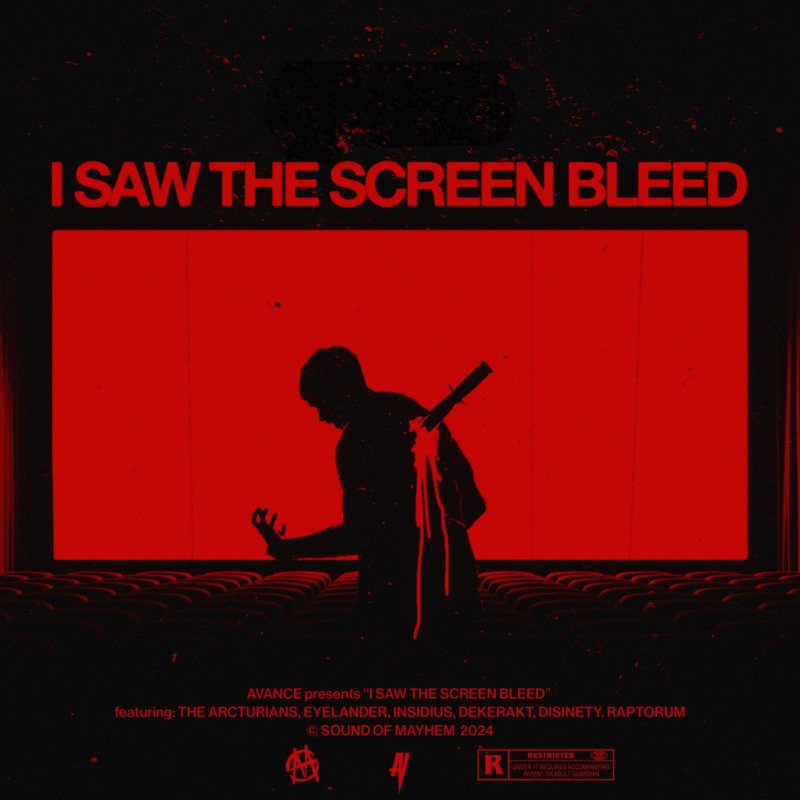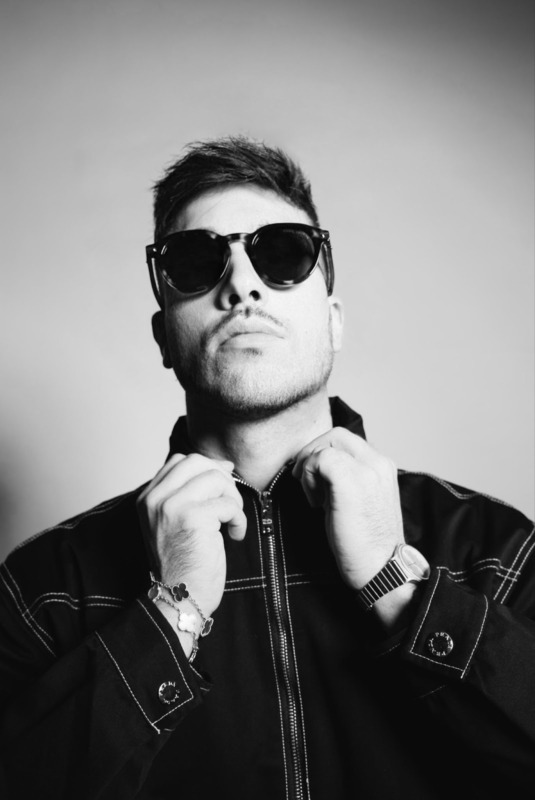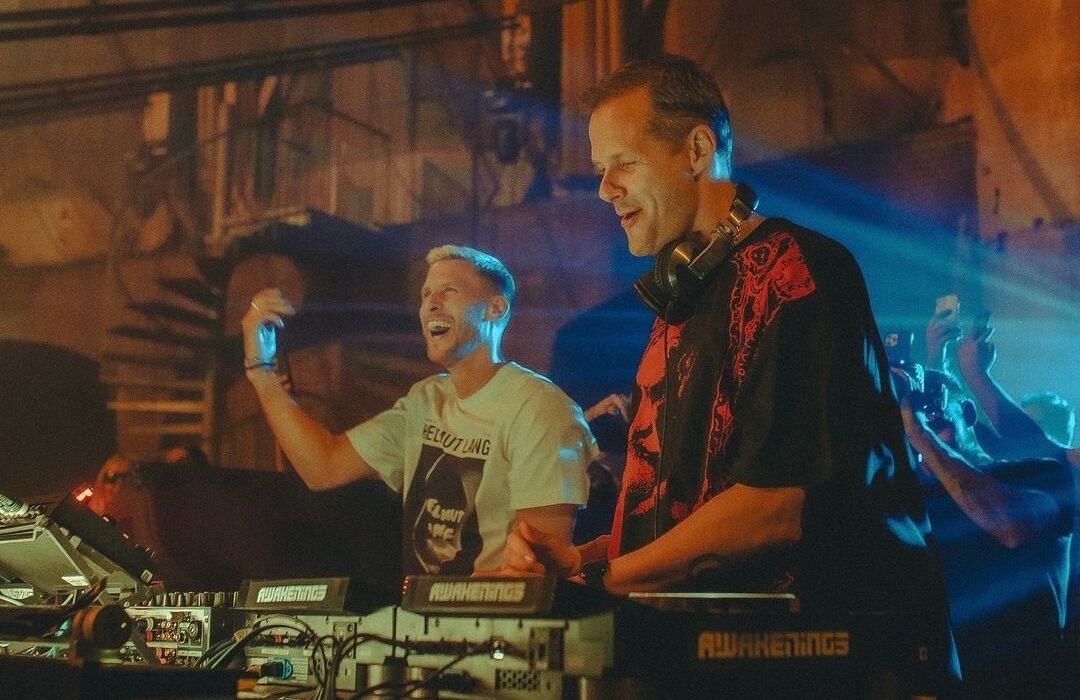Anime adaptations of popular manga in Japan are nearly guaranteed at some point. But while confirmation of such news generates excitement among fans, questions about how a manga series will translate to its new format also arise. While most anime productions are largely faithful to the manga series they're adapting, sometimes those productions will reinterpret characters and storylines in ways that deviate from the source material. Other times, characters and whole story arcs will be omitted altogether. Why is that?
One obvious reason anime adaptations don't always follow the rules manga lays out is due to the fact that different mediums have different rules. This is especially true for television broadcasts on major networks that target wider audience groups. While a popular manga series like Tokyo Ghoul can get away with graphic depictions of violence due to publication in a seinen manga magazine, the same is not true of television broadcasts.
"Due to the way censorship works in Japan, working with this series was unlike anything else," said Tokyo Ghoul director Shuhei Morita in a Reddit Q&A in 2018. "Violence is largely at the core of Tokyo Ghoul, so it's not like we could simply cut it, but we couldn't quite show it on television either. When animating everything, we made sure that the full detail was animated, but then censorship had to be added over the top. That's why the home release is a complete package because it didn't need to be aired on television."
Related to Morita's point about censorship, anime distribution in Japan also plays a role in how manga is adapted. This was especially notable with the TV anime adaptation of Rurouni Kenshin by Studio Deen. The TV anime adapted many of the manga's major story arcs but very noticeably left out the "Remembrance" arc. This crucial storyline not only fleshed out Himura Kenshin's past as the Hitokiri Battosai, but it also revealed he was previously married to a woman named Yukishiro Tomoe.
Kenshin's past with Tomoe was central to Yukishiro Enishi's villainous story arc in the manga, as the latter was Tomoe's younger brother. This too was left out of the TV anime despite being an important story arc. Instead, "Remembrance" and the "Enishi" arc were adapted into OVAs by Studio Deen. The OVA format allowed the studio to depict the narratives more faithfully without needing to censor any of the graphic violence that would've been inappropriate for television.
In addition to Japan's censorship laws being a major influence in the way animation studios adapt manga series, there is also the production itself to consider. This includes the production budget, the number of episodes ordered, the time allotted per episode and the release date. For anime adaptations like One Piece, which get an order of 20 or more episodes per season with a reasonable release date, more of the manga can be adapted with room for filler episodes.
In cases like The Promised Neverland, which only gets 12 episodes per season, changes are most likely made to accommodate the allotted space. This often means having to decide which story arcs are crucial to the overall narrative, which ones can be reduced and which ones can be omitted altogether. This is what most likely happened with The Promised Neverland Season 2, which was also impacted by the COVID-19 (coronavirus) pandemic. It's also possible production was rushed as a result of Japan going into quarantine and needing to accommodate changes to prevent further delays.
In even rarer cases, some anime adaptations get impacted by a change in production studios, as in the case of The Ancient Magus' Bride. Originally adapted by Wit Studio between 2017 and 2018, The Ancient Magus' Bride has since been picked up by another studio -- Studio Kafka -- to produce an original three-part OVA. It is unknown if Studio Kafka will create an original story based on an existing manga storyline or if it will be an original story entirely.
While many fans would love to see pure anime adaptations of popular manga, a combination of censorship and production issues impact how that happens. Sometimes small to significant changes are made to help the source material translate better in its new medium. Whether these alterations actually serve the story well is up to fans to decide.
About The Author

